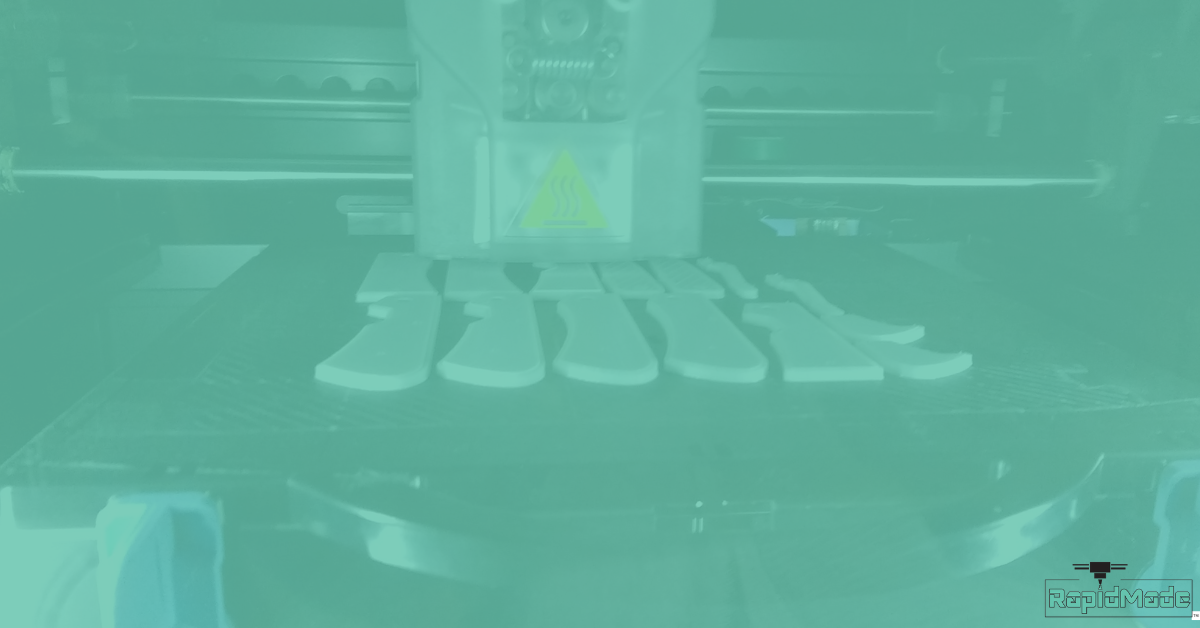Rapid prototyping is the use of 3D printing to quickly put together a part, model, or assembly. Rapid prototyping can be used in many fields and can significantly reduce the manufacturing process. There are differences between a high fidelity prototype, which is a design that closely matches the finished product; and a low fidelity prototype is one that has a marked difference from the finished product.
How Effective is Rapid Prototyping?
Rapid Prototyping is most often utilized in layered additive manufacturing. That being said, rapid prototyping can be used for high-speed machining, casting, and extruding. The process of rapid prototyping was first utilized in the 1980s and has been integrated into manufacturing in the decades afterward. It has been a proven process that is more cost-effective, faster, and more accurate than other traditional methods of manufacturing.
The two types of rapid prototyping include:
Subtractive: This process includes a block of material that is carved in order to produce the desired shape. This is achieved by milling, grinding, or turning.
Compressive: A semi-solid or liquid material is forced into the desired shape before being solidified.
What Are The Advantages Of Using Rapid Prototyping?
As mentioned earlier, Rapid Prototyping requires less staff on hand to operate machinery. It costs less money than traditional ways of manufacturing. Rapid prototyping will also allow for a more accurate picture of what the final product would look like. Aiding in the manufacturing process and ensuring that things are done more efficiently than they may have been done without rapid prototyping.
What are the different types of rapid prototyping that are being implemented today?
Stereolithography (SLA)/Vat Photopolymerization
Fast and affordable, this method was the first successful method involving 3D printing. This method uses a bath of photosensitive liquid which is solidified by each layer, using a computer-controlled UV light.
Selective Laser Sintering (SLS)
SLS is used for both metal and plastic prototyping and uses a powder bed in order to build a prototype one layer at a time. While using a laser to heat and sinter the powdered material, the strength of the parts does not stand up to the strength of the SLA. The surface of the finished product is typically rough and often requires secondary work to complete it.
Fused Deposition Modelling (FDM) or Material Jetting
Incredibly inexpensive, FDM is an easy process and can be found in most non-industrial desktop 3D printers. The process of FDM uses a spool of thermoplastic filament. In general, the early results can have a poor resolution, but the process is being improved on. And considering it is the most inexpensive process, it is perfect for companies just starting off.
Laminated Object Manufacturing (LOM)/ Sheet Lamination
Another inexpensive process, it is less sophisticated than SLM or SLS. However, it does not require specially controlled conditions. LOM works by building up a series of thin laminates that have been accurately cut with laser beams. Each layer is created and layered on top of one another, being bonded together; until the part is complete.
Binder Jetting
Using a powder bed to spray micro-fine droplets to bind powder particles together, this technique may not produce products are strong as those created by using the SLS, but it does allow more than one part to be made at one time.
Rapid Prototyping Costs Vary, But Still a Better Option
For most or all fields, rapid prototyping is a beneficial process to speed up manufacturing and allow companies to have a quicker turnaround. It allows them to get a better picture of what their final product is. Interested in rapid prototyping? Request a quote today!


